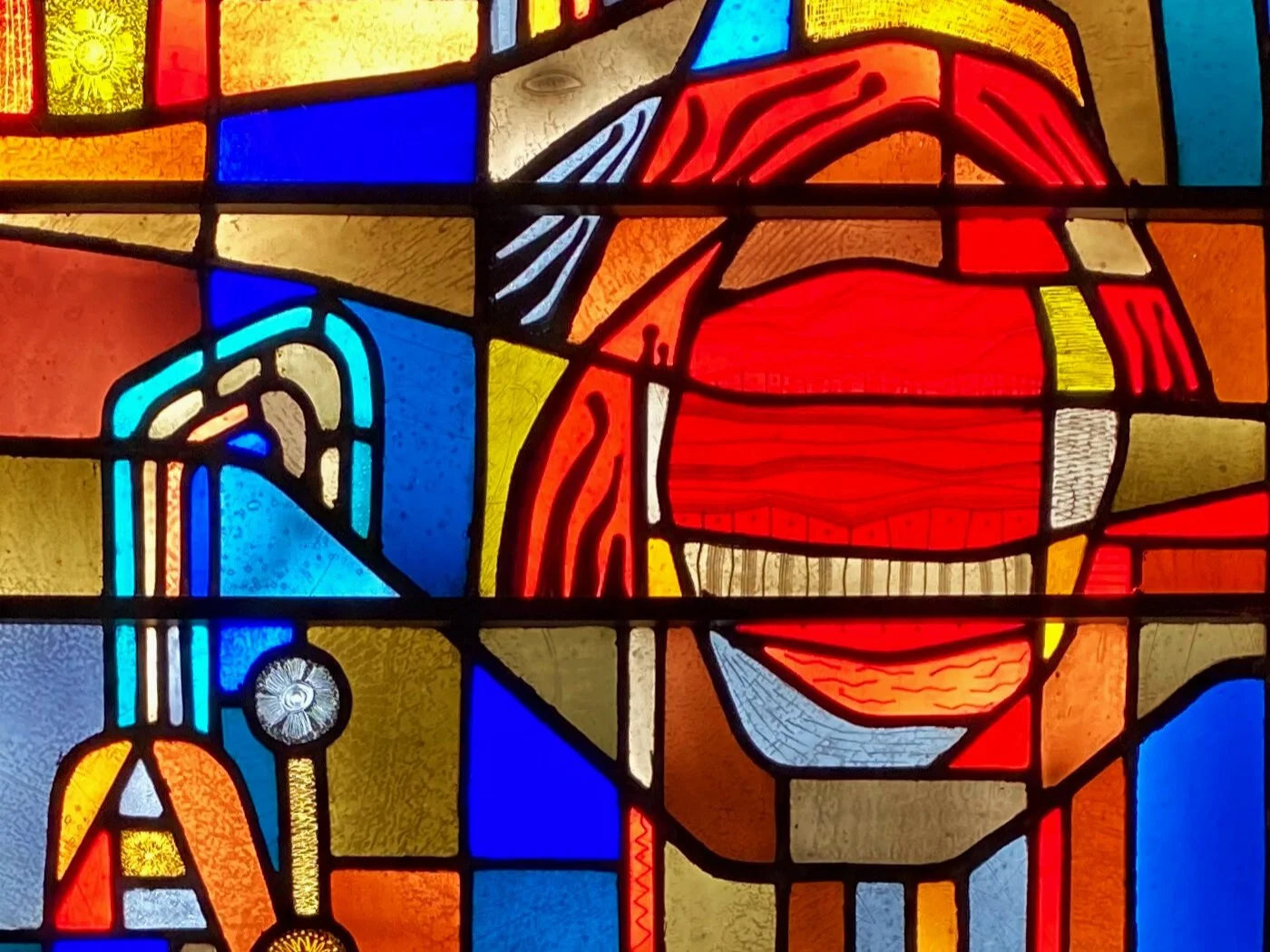Education for Ministry
What is Education for Ministry?
Education for Ministry is a four year program of study, worship, and theological reflection. It includes an in-depth study of the Old Testament, New Testament, Christian history, and modern theological thought.
When & Where
Resumes September 5, 2023
Meets on Tuesdays at 6:00 pm, in the Library
Leader
EfM News
Theological Reflection
Theological Reflection is a way of exploring the deeper meaning of something and looking for the presence of God there. It is something many people practice intuitively for many years. It is a spiritual practice engaged with more intention and in a more defined way in the Education for Ministry community. This way of reflecting can begin with almost anything—a poem, a song, a passage of scripture, a scene from a movie, a long-held belief, a bit of homespun wisdom, or simply an experience that left you perplexed or frustrated. What I find most meaningful about the practice of theological reflection is discovering the deeper meaning of the day-to-day experiences of my life. As we begin to see our lives more and more through the lens of our faith story, this story then becomes a living story and our faith comes alive in surprising and inspiring ways. So, how does one practice this spiritual exercise called Theological Reflection?
Focusing
It starts with selecting a focus, something to reflect on. For folks who are new to theological reflection, I invite you to start with some experience from your day-to-day life . . . an encounter at the grocery store that gave you pause, a troubling interaction on Facebook, or some encounter with nature that filled you with wonder. What feelings and thoughts did it spark? Where was the energy or emotion strongest for you? It might help to come up with an image or metaphor that captures the emotion of your focus by getting artistic with it and actually drawing or coloring the image or metaphor.
Exploring
The next step is to explore this focus or image theologically, using words from our faith tradition, like creation (original goodness or wholeness), sin (brokenness or alienation), judgment (recognition), repentance (reorientation), and redemption (restoration). Some theological questions I like to ask of any image or metaphor are: What does this image tell me about God? What does it tell me about being human? What does it tell be about the relationship between God and humanity? Where is God in this?
Connecting
Once we have explored our image theologically, it is time for step three, connecting with the four sources of wisdom. This is where we are invited to listen for wise voices from our faith tradition, our culture, our own experience, and our deeply held beliefs and opinions. We might ask ourselves if this image reminds us of a particular passage of scripture, a hymn, a favorite part of the liturgy, or some writings by Christians throughout history. If so, take the time to look them up and consider how they inform the image you have chosen. In the same way we might ask ourselves if the image reminds us of something from popular culture—a song, movie, book, or memorable words from a respected or famous person. Does the image bring to mind some past or present incident in your life? Has this reflection on the image caused you to re-examine your beliefs or opinions?
The purpose here is to intentionally bring these voices of wisdom into the conversation so that through them, God might speak to you and your topic of reflection in unexpected but helpful ways. This is often the point where an epiphany might happen—an unexpected insight that seems revelatory.
Applying
The last step of the process is application to one’s life. The question now becomes, “How is this reflection inviting me to live my life differently?”



